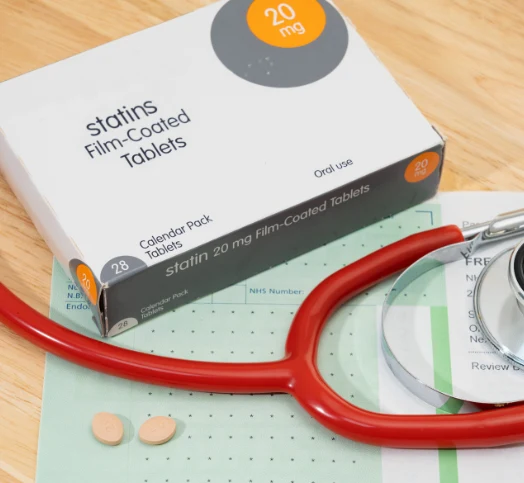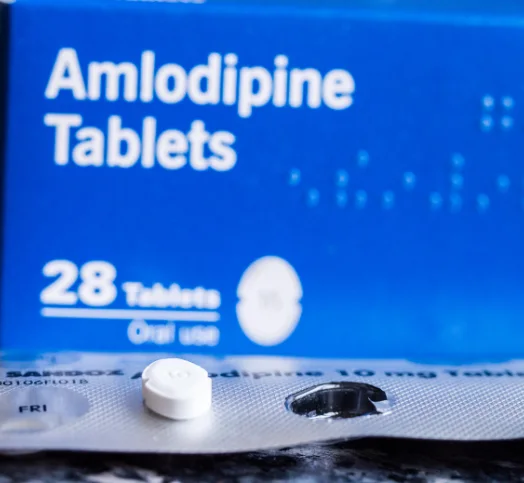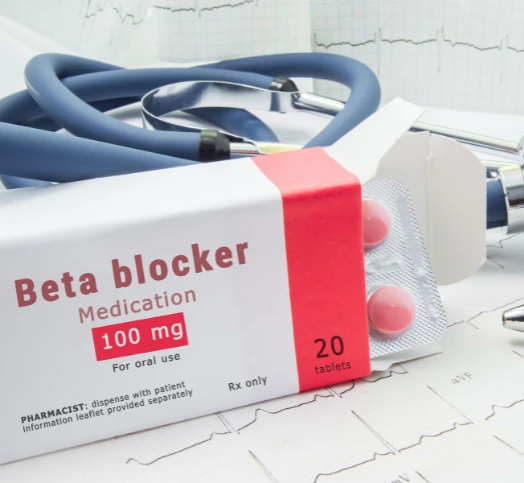The relationship between statin therapy and coronary calcium scores is an evolving field of study. As coronary artery disease (CAD) remains a leading cause of morbidity and mortality, researchers continue to explore new ways to visualize and understand atherosclerosis. This article will discuss how statins, commonly prescribed to reduce cholesterol levels, may affect coronary plaques, particularly their calcification, and what this means for patient care.
Understanding Coronary Atherosclerosis and Calcium
Atherosclerosis is characterized by the buildup of plaques in the coronary arteries, leading to reduced blood flow and increased risk of heart attacks. Coronary calcium scores, derived from computed tomography (CT) scans, have emerged as a valuable tool in assessing the burden of coronary artery disease. These scores reflect the amount of calcium present in the arterial walls, which is often viewed as a marker of advanced atherosclerosis.
However, coronary calcium alone does not tell the whole story. The composition of plaques—ranging from soft, fatty components to more hardened, calcified ones—plays a critical role in the risk of plaque rupture, which can trigger heart attacks.
Modalities for Visualizing Coronary Atherosclerosis
With advancements in imaging technology, both invasive (e.g., intravascular ultrasound, optical coherence tomography) and non-invasive methods (e.g., CT coronary angiography) are used to study coronary artery disease. These modalities allow for a detailed assessment of plaque composition, enabling the differentiation between lipid-rich plaques and calcified ones.
The Role of Microcalcifications and Plaque Stability
Recent studies have highlighted the significance of microcalcifications, tiny calcium deposits that form within atherosclerotic plaques. While macrocalcifications (larger calcium deposits) are often associated with more stable plaques, microcalcifications can be found within vulnerable plaques, which are more likely to rupture and cause heart attacks.
Statins and Coronary Calcium: A Complex Relationship
Statins are well-known for their ability to lower LDL cholesterol and reduce cardiovascular events. However, their effect on coronary calcium scores is complex. Some studies suggest that while statins help stabilize plaques by reducing lipid content and inflammation, they may also promote plaque calcification. This might seem counterintuitive, as calcification is often associated with advanced atherosclerosis.
Yet, the emerging hypothesis is that statins may shift plaques from a vulnerable, lipid-rich state to a more stable, calcified state. As plaques become more stable, they are less likely to rupture, which could explain the paradoxical increase in coronary calcium scores in some statin-treated patients. Importantly, this increase in calcification does not necessarily indicate worsening disease, but rather a transition toward plaque stability.
Ongoing Research and Clinical Implications
The impact of statins on coronary calcium scores is still an active area of research. Understanding the nuances of how statins modify plaque composition—and how this translates into clinical outcomes—remains crucial. Emerging data suggest that an increase in calcium levels in statin-treated patients may not necessarily indicate increased risk but could reflect a protective mechanism.
However, this evolving understanding also raises questions about the use of coronary calcium scores in monitoring the effectiveness of statin therapy. More research is needed to fully decipher the relationship between statins, plaque calcification, and cardiovascular risk.
Conclusion
While coronary calcium scores have long been a marker of coronary artery disease, their interpretation in statin-treated patients is not straightforward. Ongoing research is shedding light on how statins may modify plaque composition, potentially increasing calcium levels while simultaneously stabilizing plaques. As imaging modalities advance, our ability to visualize and understand coronary atherosclerosis will continue to improve, enhancing patient care and risk assessment.










